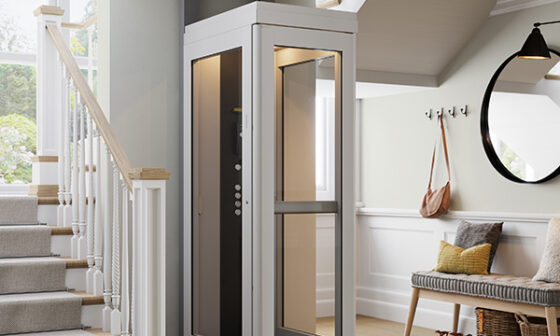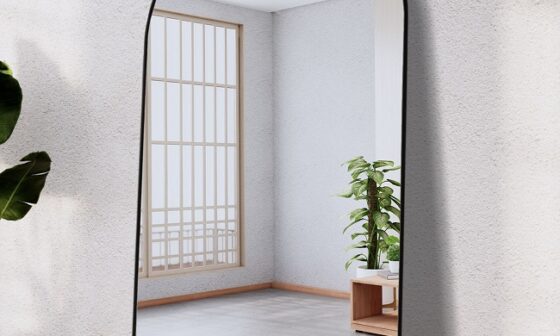
When Does a Conservatory Become an Extension?
A conservatory becomes an extension when it meets certain criteria set forth by local regulations and building control authorities.
These criteria include factors such as the design, construction, and usage of the structure.
To determine whether a conservatory is classified as an extension, the following aspects are considered:
1. Size and Proportion
The size and proportion of a conservatory play a crucial role in determining whether it is classified as an extension.
In general, if a conservatory exceeds certain size limits, it may be considered an extension.
The limits vary depending on local regulations, but they typically relate to the floor area and volume of the structure.
2. Permanence and Integration
Another important factor to consider is the permanence and integration of the structure with the existing building.
If a conservatory is designed and constructed to be a temporary or detached structure, it is less likely to be classified as an extension.
However, if it is built as an integral part of the house, with foundations and structural connections, it may be considered an extension.
3. Heating and Insulation
The heating and insulation of a conservatory also play a significant role in its classification. In the UK, to be considered an extension, a conservatory must have a proper heating system and meet certain insulation requirements.
This ensures that the structure can be used as a habitable space throughout the year, just like any other room in the house.
4. Building Control Approval
Obtaining building control approval is essential when determining whether a conservatory is classified as an extension.
Building control authorities assess various aspects of the structure, including its structural integrity, compliance with building regulations, and adherence to safety standards.
If a conservatory meets these requirements, it is more likely to be considered an extension.
5. Intended Usage
The intended usage of the structure is also a crucial factor in determining its classification. If a conservatory is designed and used solely as a sunroom or a greenhouse, it may not be considered an extension.
However, if it serves as a functional living space, such as a dining area or an additional lounge, it is more likely to be classified as an extension.
Can I convert my existing conservatory into an extension?
Certainly! It is possible to convert your existing conservatory into an extension, providing certain criteria are met.
Converting a conservatory into an extension involves making structural modifications and ensuring compliance with building regulations.
Here’s what you need to consider for a successful conversion:
-
Structural Integrity: Ensure that the existing conservatory structure is capable of supporting the additional load and any modifications you plan to make.
Consult with a structural engineer to assess its stability and make any necessary reinforcements.
-
Building Regulations: The conversion process must adhere to local building regulations. This includes compliance with regulations regarding insulation, heating, ventilation, and fire safety.
It is essential to obtain the necessary building control approval for the conversion.
-
Design and Integration: The converted extension should seamlessly integrate with the existing property, both aesthetically and structurally.
Consider factors such as roof pitch, materials, and architectural style to ensure a cohesive look.
-
Heating and Insulation: To meet building regulations, the converted extension must have proper heating and insulation.
This ensures that the space can be comfortably used year-round and aligns with the requirements for habitable rooms.
-
Planning Permission: In most cases, converting a conservatory into an extension falls within permitted development rights.
However, certain restrictions may apply, particularly if the size or design of the extension changes.
Check with your local planning authority to confirm if planning permission is required.
-
Professional Guidance: Engage the services of an experienced architect or builder who specializes in extensions.
They will help you navigate the conversion process, ensuring compliance with regulations and providing valuable expertise.
In conclusion, the classification of a conservatory as an extension in the UK depends on several factors, including size, permanence, heating, insulation, building control approval, and intended usage.
By considering these factors and ensuring compliance with local regulations, homeowners can create a beautiful and functional extension that seamlessly integrates with their existing property.



Comments are closed.